1. The Foot — The “Foundation” of Athletes
In the world of sports, there is a saying often repeated by coaches: “Stable feet, stable body.”
Whether it is the push-off at the start of a sprint, the sudden stop and change of direction on a basketball court, or the continuous running of a marathon athlete for several hours, the foot plays a crucial role. It is not only the only contact point between the human body and the ground but also the first link in force transmission.
However, human foot shapes vary greatly. Some people have low arches, which tend to pronate when walking; some have high arches, which cannot absorb impact well; some have thick insteps, making shoes feel tight; and some athletes even experience changes in foot shape due to intense training. In the past, coaches and doctors often relied on visual observation or two-dimensional footprints to analyze athletes’ feet, with limited precision. Now, with the emergence of 3D foot scanners, all of this is changing.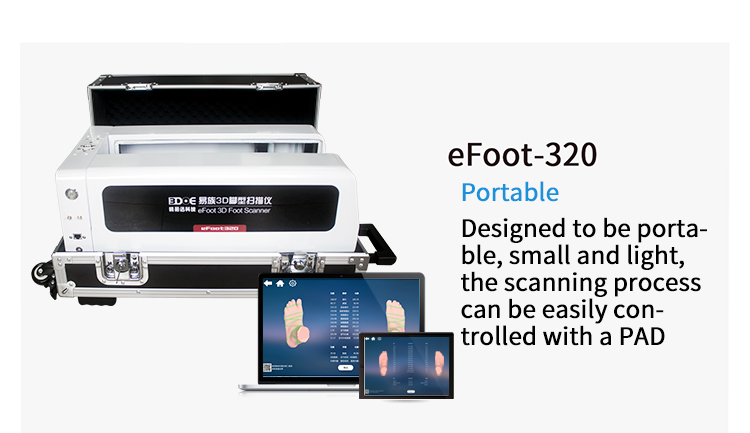
2. 3D Scanning — Making Feet “Digital”
As the name suggests, a 3D foot scanner puts an athlete’s foot “into the computer.” Using structured light, laser, or multi-angle photography, it can record the details of the entire foot in just a few seconds.
Unlike traditional measurements, this scanning can capture:
Foot length, foot width, and instep height;
Arch curves and plantar surface undulations;
Toe bone arrangement and toe spacing;
Plantar pressure distribution (when used with a pressure plate).
This information is automatically generated into a 3D model, often with millimeter-level accuracy, sufficient to meet the precision requirements of professional athletes. In other words, the old method of “judging feet by experience” has now turned into “letting data speak.”
3. Why Athletes Need Foot Shape Data
1. Personalized Equipment Customization
Expensive shoes are not necessarily better; the key is “fit.”
For example, if a sprinter’s shoes are too wide at the forefoot, the force may disperse at the start, reducing explosive power; long-distance runners with insufficient midsole support may experience arch fatigue or collapse after prolonged running.
3D scanning can help footwear designers create custom lasts for athletes, truly achieving “a shoe designed for one person’s foot.”
Basketball players can receive stronger lateral support, reducing the risk of ankle sprains;
Soccer players can have more precise ball control;
Marathon runners’ shoes can reduce energy consumption in endurance races.
Not only shoes, but insoles can also be customized based on scanning data. Many athletes add special insoles during training or competition to cushion impact or correct gait.
2. Performance Enhancement — Details Determine Success or Failure
Never underestimate the fit of a pair of shoes; it can determine the success of a movement.
For example, in sprinting, a 0.01-second difference in reaction time can affect results. If shoes allow the foot to push off more steadily and smoothly, the athlete can gain an extra step.
Similarly, when a basketball player lands from a jump, if the shoe cushioning does not match the foot shape, the knee joint may bear excessive pressure. Over time, both performance and health can be affected.
3. Injury Prevention and Risk Reduction
What athletes fear most is not their opponents, but injuries.
Foot injuries are common, including plantar fasciitis, ankle sprains, and stress fractures. 3D scanning can detect potential risks early, such as arch collapse trends or uneven load areas, allowing doctors and coaches to intervene in advance.
During rehabilitation, scanning can also track changes in foot shape to assess the athlete’s recovery.
4. Scientific Research and Team Management
For a sports team, if all athletes’ foot data is archived, coaches can better understand individual differences and adjust training plans accordingly.
More importantly, this data can feed back into sports science research. Future development of athletic shoes and protective gear may be based on a large amount of foot shape data.
4. Real Cases: How Data Changes Performance
Marathon Athlete’s Insoles Story
A national marathon athlete suffered from long-term plantar fasciitis due to arch collapse. Later, through 3D scanning, he had custom insoles designed with special support structures. Six months later, his injuries significantly reduced, and his average pace in competitions improved.
Basketball Player’s Ankle Support Design
A professional basketball player had long been troubled by repeated ankle sprains. Scanning revealed that his foot shape was severely supinated. The development team designed a custom shoe shell with lateral reinforcement. This season, his injury rate dropped significantly, and his playing time noticeably increased.
These stories demonstrate that data is not cold and lifeless; it is directly related to an athlete’s career longevity and performance.

 +86-0755-86131192
+86-0755-86131192 2025-08-19
2025-08-19 Back to list
Back to list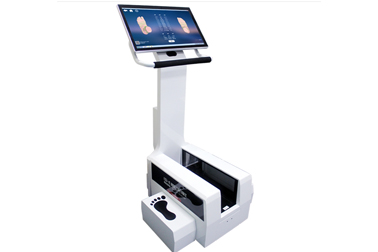
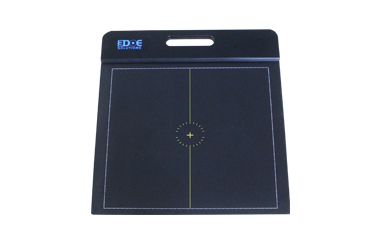
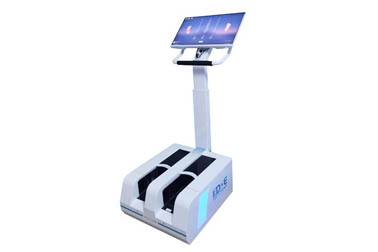
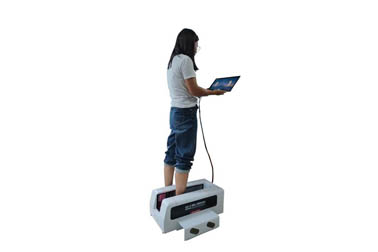
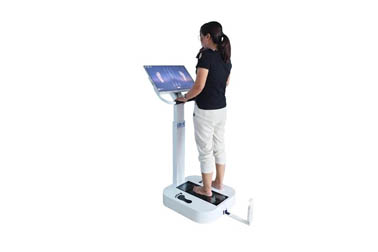
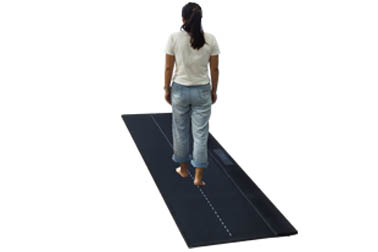



 +86-0755-86131192
+86-0755-86131192